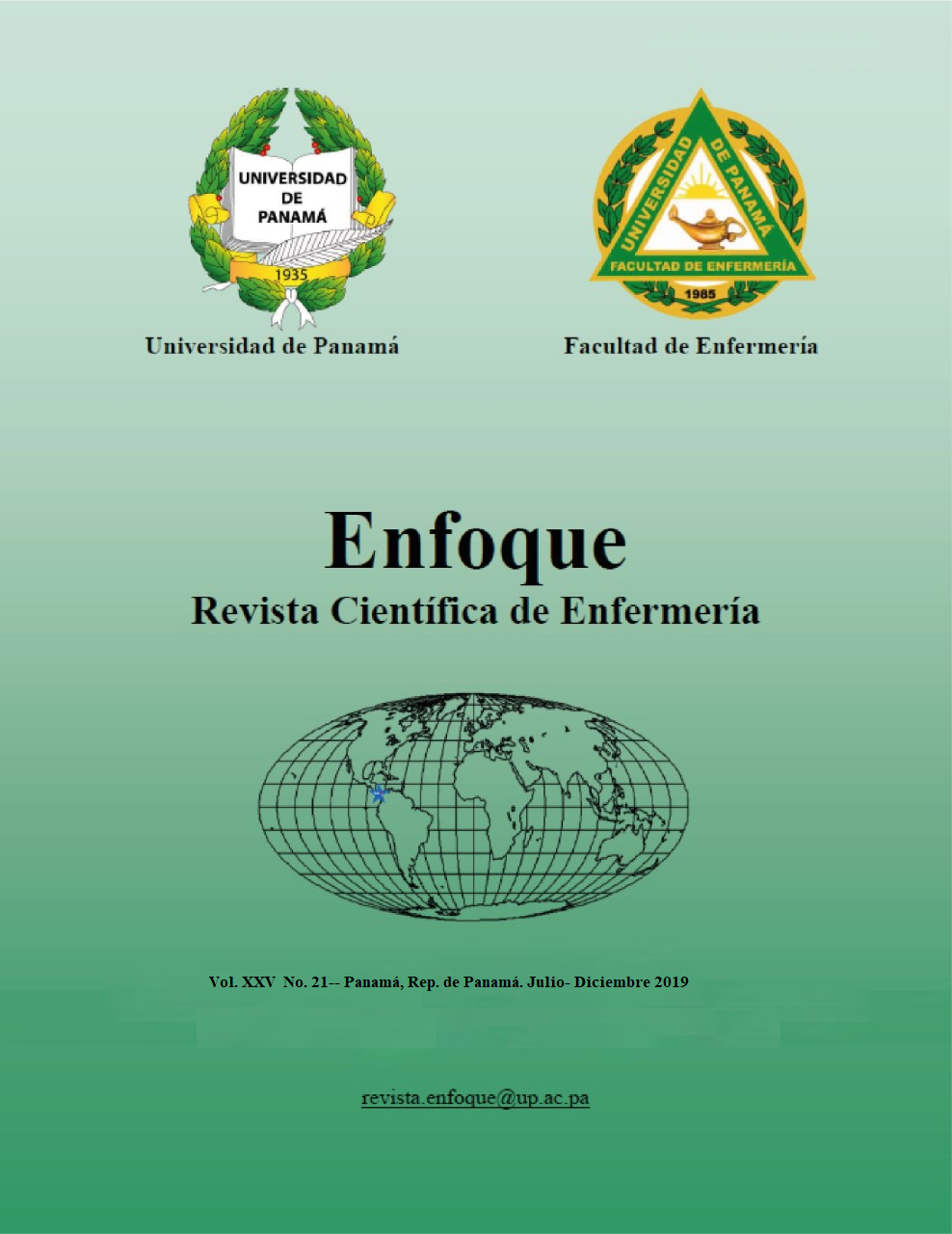

Objective: To show the current situation of human health resources in Panama and the need for planning based on primary health care as a strategy to improve the health of the population.
Method: This study consisted of the literary review of reports from the World Health Organization (WHO), the Pan American Health Organization (PAHO), and the Ministry of Health of Panama (MINSA), along with statistics from the National Institute of Statistics and Census of Panama, and reflection articles on the management of human resources in health. The search was done through databases such as: ProQuest, E-books Central (Elibro and E-library), and Latin American and Caribbean Literature in Health Sciences (LILACS).
Results: The deficiency or inadequate distribution in urban and rural areas of the planning of human resources for health is evident not only in Panama, but also in Latin America; thus, limiting the universal health coverage and the compliance with the millennium development goals. With regards to the needs, the focus of integration and regulation of health systems is established as the main axis, together with the analysis of the labor market.
Discussion: The severe inequalities of health coverage and social security services are evident, especially in geographical areas with difficult access, such as the “Comarcas” (Indigenous geographical area). MINSA has a study which determined the need for 1,733 nurses. On the other hand, data from the comptroller general (2013), indicate that there are 5,206 nurses who work in installations of MINSA, CSS, and hospitals that are under sponsorship.
Conclusions: The health personnel show a very low density of physicians and nurses in the N. Buglé Comarca of 2.2 per 10,000 inhabitants, and in Guna Yala of 11.0 per 10,000 inhabitants.
The coordination and planning in the training of human resources for health is required. It should consider coverage based on the primary care strategy to improve the well-being of the population.